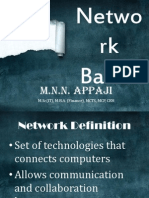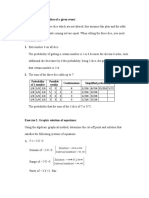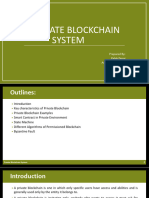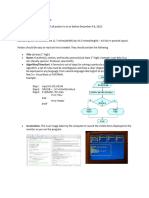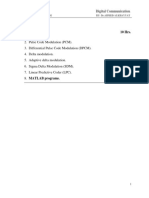0% found this document useful (0 votes)
43 views4 pagesIntroduction To Computer Networks
The document provides an overview of computer networks, detailing their purpose, types, devices, transmission media, models, IP addressing, protocols, security, access methods, and emerging technologies. It categorizes networks by geographical scope, ownership, and topology, and explains various network devices and their functions. Additionally, it discusses network security threats and measures, as well as modern advancements like 5G and IoT.
Uploaded by
technosysdesignsCopyright
© © All Rights Reserved
We take content rights seriously. If you suspect this is your content, claim it here.
Available Formats
Download as PDF, TXT or read online on Scribd
0% found this document useful (0 votes)
43 views4 pagesIntroduction To Computer Networks
The document provides an overview of computer networks, detailing their purpose, types, devices, transmission media, models, IP addressing, protocols, security, access methods, and emerging technologies. It categorizes networks by geographical scope, ownership, and topology, and explains various network devices and their functions. Additionally, it discusses network security threats and measures, as well as modern advancements like 5G and IoT.
Uploaded by
technosysdesignsCopyright
© © All Rights Reserved
We take content rights seriously. If you suspect this is your content, claim it here.
Available Formats
Download as PDF, TXT or read online on Scribd
/ 4

































